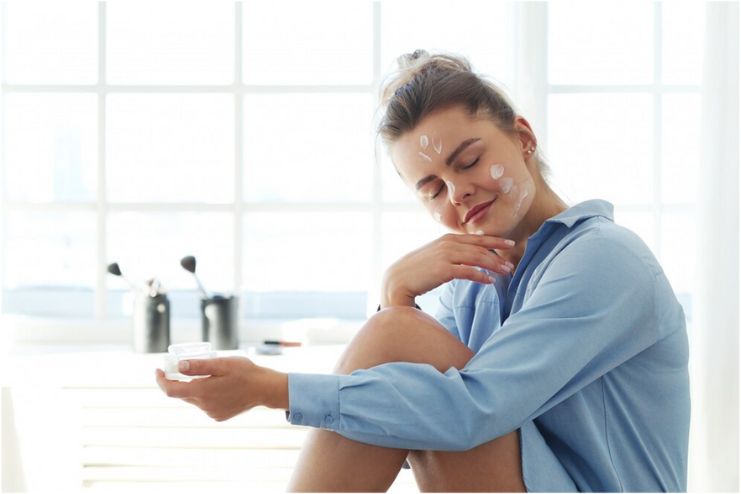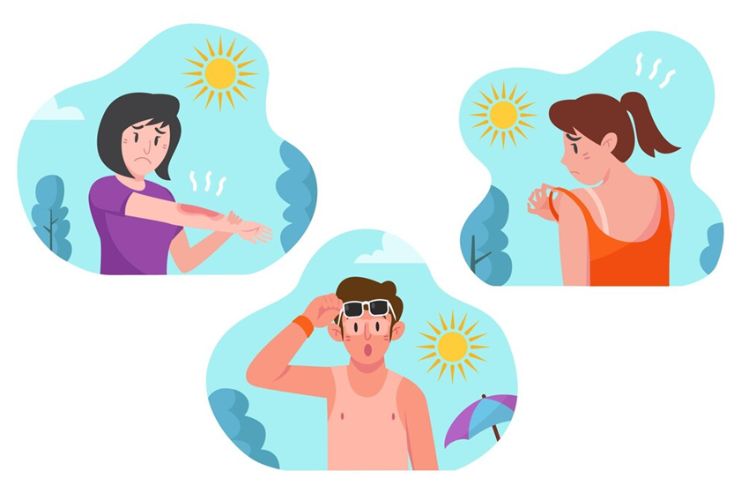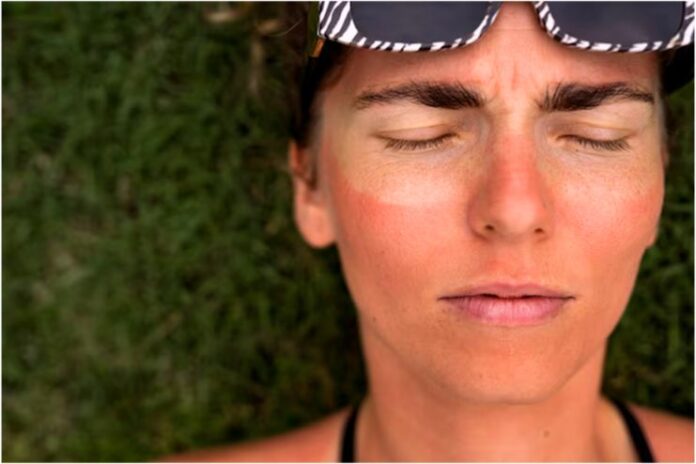Affiliate Disclaimer
Some links in this article are affiliate links. We may earn a small commission if you make a purchase through these links, at no extra cost to you. We only recommend products we find useful to our readersWe all use sunscreen in summer without fail. We also know it is important for skin, but do we understand how it works? Especially in today’s age, where we face extreme climatic changes, we must realize effective ways to use sun protection and sunscreen usage, to be precise.
Sunscreen is not just a beauty essential but a crucial product for keeping skin healthy. With climatic changes and UV exposure increasing, we must equip ourselves with the best sunscreen with the right amount of sun protection factor (SPF). Whether at the beach or running errands on an overcast day, knowing how to protect your skin will help you stay safe, healthy, and informed.
However, certain myths about sunscreen still prevent people from using it effectively, leaving them vulnerable to skin damage and UV exposure. In this article, let us debunk a few sunscreen myths and maximize sun protection with a few tips.
Common Sunscreen Myths and Facts

Myth 1: Sunscreen is Only For Sunny Days.
Fact: We often reach for the bottle of SPF only on sunny days, assuming that the sun won’t harm our skin on other days. However, even when days are cloudy, UV radiation is at work. UV rays penetrate through clouds, making your skin vulnerable. You must take care of your skin, irrespective of the weather, to prevent skin damage in the long run.
According to MD Anderson Cancer Center, you expose your skin to harmful UV radiation daily, even if you do not see the sun in the sky. Apply sunscreen to protect your skin on all days.
Myth 2: Higher SPF, Better Protection.
Fact: You must assume that an SPF over 30 offers significant benefits. However, you will be surprised that SPF 30 blocks nearly 97% of UVB rays, and a higher SPF doesn’t essentially provide more incredible benefits. SPF 40 blocks 98%, and SPF 100 blocks 99% of UVB rays. This shows that the highest SPF also provides marginal benefits compared to sunscreen with SPF 30.
In short, the key takeaway here is that SPF 30 is enough to protect your skin, and reapplying sunscreen is a better option than using a high SPF. According to the Mayo Clinic, consistent reapplication is key to effective protection.
Myth 3: No Sunscreen for Darker Skin Tones.
Fact: We all face UV radiation, regardless of skin tone or color. Skin damage from UV rays is the same for all. Darker skin has more melanin, making it slightly safer, but UV-induced damage can’t be prevented. Skin problems can range from skin aging to skin cancer in some instances.
According to research, skin cancer can be equally dangerous for people with darker skin, making it essential for all skin tones.
Myth 4: Sunscreen Causes Vitamin D Deficiency.
Fact: While sunscreen is known to block UV rays, it does not entirely lead to vitamin D deficiency. The body still produces vitamin D, irrespective of SPF usage. To reduce the risk of potential vitamin D deficiency, you can balance sunscreen usage with ample sun exposure. This helps maintain optimum vitamin D levels. According to the American Cancer Society, it’s vital to prioritize skin protection while being mindful of vitamin D needs.
Myth 5: One Application Per Day is Sufficient
Fact: As mentioned earlier, sunscreen doesn’t need to be high SPF but must be reapplied throughout the day for maximum benefits. No sunscreen has proven to be an effective solution, and it must be reapplied regularly. This becomes even more essential after swimming, sweating, or towel drying. According to Medical News Today, for optimum protection, apply it every two hours and set reminders for it, making it a part of your daily routine.
The Impact of Climate Change on Skin Health

Climate change affects our bodies and has a significant impact on our skin as well. Due to changing environmental conditions, we cannot ignore these effects on our skin. The ozone layer is depleting, temperatures are constantly rising, and UV exposure increases. The high UV radiation exposure makes our skin vulnerable to damage.
Increased UV Exposure:
Higher UV exposure increases the risk of skin aging faster, putting more stress on the skin. You must understand sun protection techniques to manage your skin effectively in these climatic conditions.
Skin Conditions:
Environmental changes, such as increased heat and dryness, can also lead to more sensitive skin. Dry skin, sunburns, and rashes are more common under these new conditions. As such, it is vital to adjust your skincare routine to accommodate the changing climate and safeguard your skin’s health.
Effective Sun Protection Strategies

With constant climatic changes, it is essential to opt for sun protection strategies, including tips on using sunscreen correctly.
Here are a few tips to effectively use your sunscreen all year round:
- Daily Sunscreen Use:
Whether it’s a cloudy or sunny day, make sunscreen an essential part of your daily skincare routine. This is the first step in protecting your skin from UV damage. - Choosing the Right Sunscreen:
While choosing a sunscreen, opt for a broader-spectrum sunscreen that provides sufficient protection against both UVA and UVB rays. A sunscreen with SPF 30 or higher helps most people. Use sunscreens with zinc oxide or titanium dioxide if you have sensitive skin. These are less likely to irritate. - Proper Application:
The sunscreen application technique is essential for maximum protection. Ensure you apply sunscreen generously on all exposed skin. Do not miss areas like the ears, neck, or back of the hands. Apply on the scalp, too, if you are facing hair thinning. Reapply every two hours and more often if you are sweating. - Additional Protective Tips:
While sunscreen tackles most of the sun exposure issues, wearing protective clothes, hats, and sunglasses is essential. Avoid peak sun hours or stay in the shade during these times.
Wear a broad hat and UV-blocking sunglasses that offer extra layers of protection to your face and eyes. - Sole Reliance on Sunscreen:
Sunscreen alone isn’t enough. Wear protective clothing, hats, and sunglasses, and try to stay in the shade during peak sun hours, typically between 10 a.m. and 4 p.m. According to NYU Langone Health, wearing a wide-brimmed hat and UV-blocking sunglasses offers additional protection, especially for sensitive areas like your face and eyes.
Conclusion
An effective skincare routine is incomplete without sunscreen. The myths regarding sunscreen have been busted, and now you are equipped with the right knowledge about its usage. It is not just slathering sunscreen but adapting to constantly changing environmental conditions. We must have a holistic approach towards sun safety and make informed choices to prevent premature aging and dullness caused by UV exposure.
It is important to understand the facts and not get misled by the myths surrounding sunscreens. This will only cause unnecessary skin damage. Make sunscreen a part of your daily life and adopt reapplication as a habit for your skin to stay healthy. This will ensure your skin safety even in adverse climatic conditions.
Arm yourself with facts, and don’t let myths burn you!
References
- https://www.fda.gov/about-fda/center-drug-evaluation-and-research-cder/sun-protection-factor-spf
- https://www.medicalnewstoday.com/articles/personal-hygiene#types
- https://www.cancer.org/cancer/risk-prevention/sun-and-uv/sun-safety-and-vitamin-d.html
- https://www.cancer.gov/types/skin/skin-cancer-in-black-or-brown-skin
- https://www.mdanderson.org/prevention-screening/manage-your-risk/skin-safety.html
In this Article




















